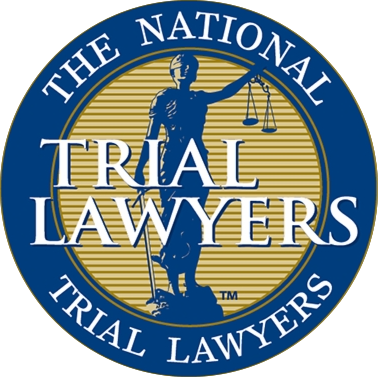
Anesthesia errors can result from many factors, such as improper dosages, delayed administration, or failure to monitor a patient’s vital signs, each with potentially life-threatening consequences. Given that anesthesia is a critical component of many medical procedures, even a small error can lead to catastrophic results, from severe injury to permanent disability or death.
Establishing fault and causation in these cases requires showing that the anesthesia provider or involved staff did not meet the standard of care expected in their role, directly leading to harm. This can involve analyzing procedural missteps, lapses in patient monitoring, or breaches in established anesthesia protocols. If you or a family member suffered due to an anesthesia error, Davis & Davis is here to guide you in pursuing justice and protecting your rights.
Who May Be at Fault Following an Anesthesia Error?
Anesthesia errors can lead to severe injuries, from brain damage and nerve injury to heart complications. Often, multiple healthcare professionals are involved in anesthesia-related procedures. For example, an anesthesiologist may be responsible for dosage, while a nurse or technician may be responsible for monitoring and equipment checks. Identifying who is accountable requires a thorough investigation of each role and responsibility during the anesthesia administration process.
The complexity of determining fault in anesthesia error cases often requires a deep understanding of the procedural chain in surgical or clinical settings. Since multiple medical staff may have contributed to the anesthesia process, any misstep at different stages could cause harm to the patient. This interconnected responsibility necessitates a detailed analysis of medical records, protocols, and testimonies from relevant personnel to determine where and how the error occurred.
Proving Causation in Anesthesia Error Cases
Causation is a cornerstone of any medical malpractice claim, as it establishes the direct link between the anesthesia error and the harm suffered by the patient. Proving causation in anesthesia error cases can be particularly challenging due to the complexities of anesthesia processes and the inherent risks involved. Victims or their legal teams must show that the error directly caused the injury or complications and was not merely an unavoidable risk.
The process of proving causation also typically includes a review of standard protocols for anesthesia administration to establish what should have been done versus what actually occurred. For instance, if a patient experiences oxygen deprivation due to an unmonitored vital sign, showing that a reasonable medical professional would have intervened is critical. With thorough documentation and expert testimony, it’s possible to demonstrate that the harm was avoidable and a direct result of medical negligence. This process not only clarifies fault but also strengthens the grounds for a legitimate claim against those responsible.
How Davis & Davis Can Help with Your Anesthesia Error Claim
At Davis & Davis, we have over 70 years of combined experience in handling intricate medical malpractice cases, including those involving anesthesia errors. We understand the medical and legal intricacies involved in these claims and use our knowledge to support clients in untangling the details and finding justice. By thoroughly investigating your case, we may be able to reveal critical information to establish fault and causation, offering you the best chance for a successful outcome.
If you or a family member has been affected by an anesthesia error, you don’t need to face the legal battle alone. Our dedication to advocating for victims of medical malpractice drives our commitment to holding medical professionals accountable for their actions. Contact us to discuss your case, and let us help you pursue the compensation you deserve. Call (888) 522-9444 or visit our contact form for a free consultation.









